Help bring this sculpture of lost Lower East Side mom-and-pops to Seward Park
More details
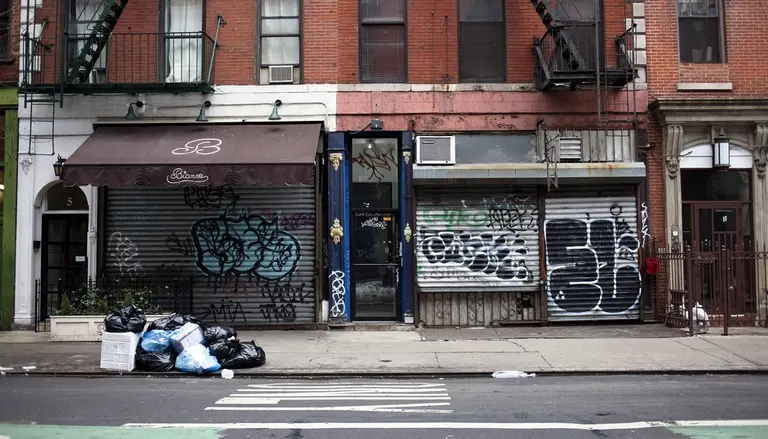
Photo via Dan Nguyen/Flickr
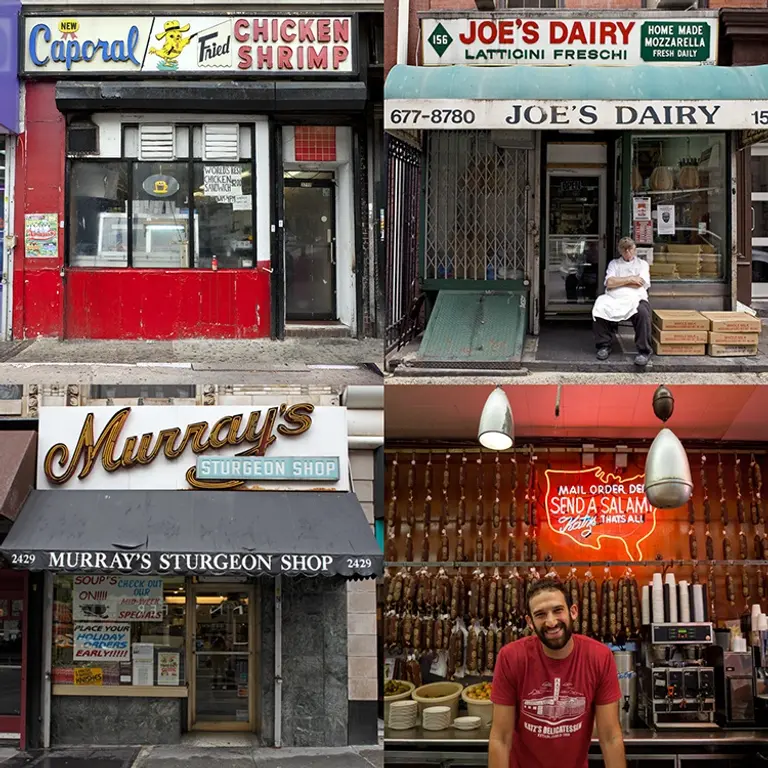
Photos © James and Karla Murray
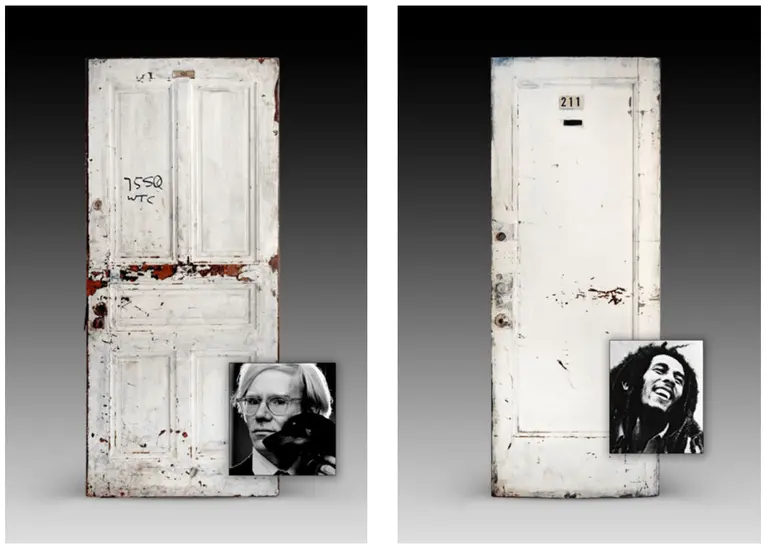
Screenshot of Iconic Chelsea Doors via Guernsey’s
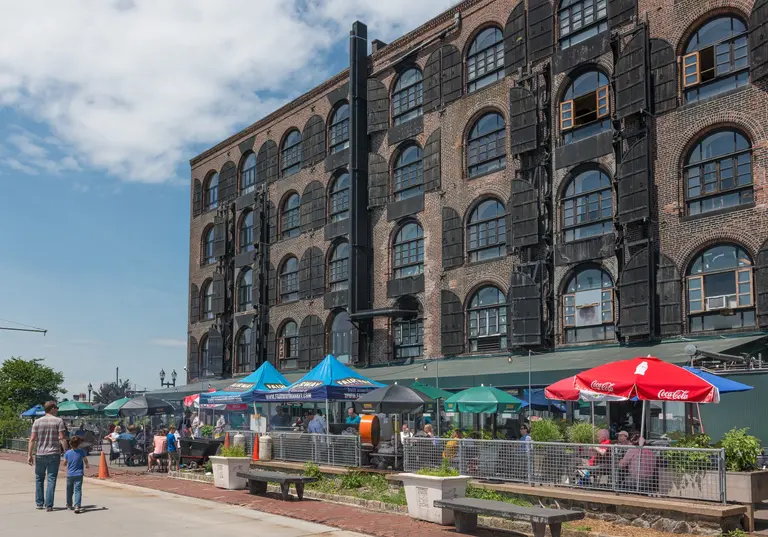
Photo of Fairway on the Red Hook waterfront, via CityRealty
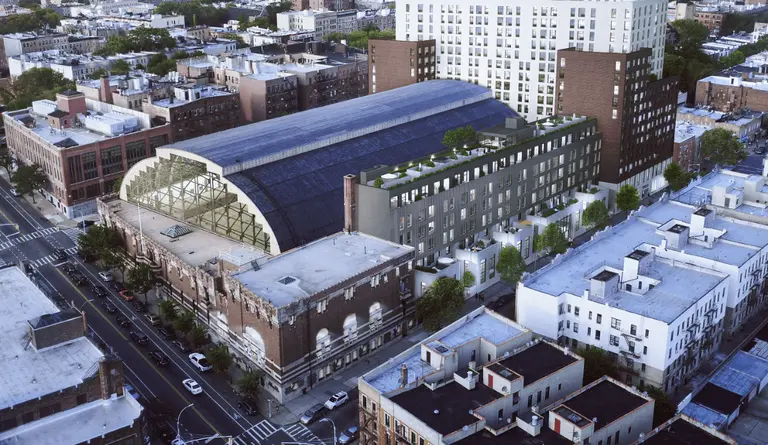
Rendering of the Bedford Courts development planned for the Bedford-Union Armory; image: BFC Partners/Bedford Courts
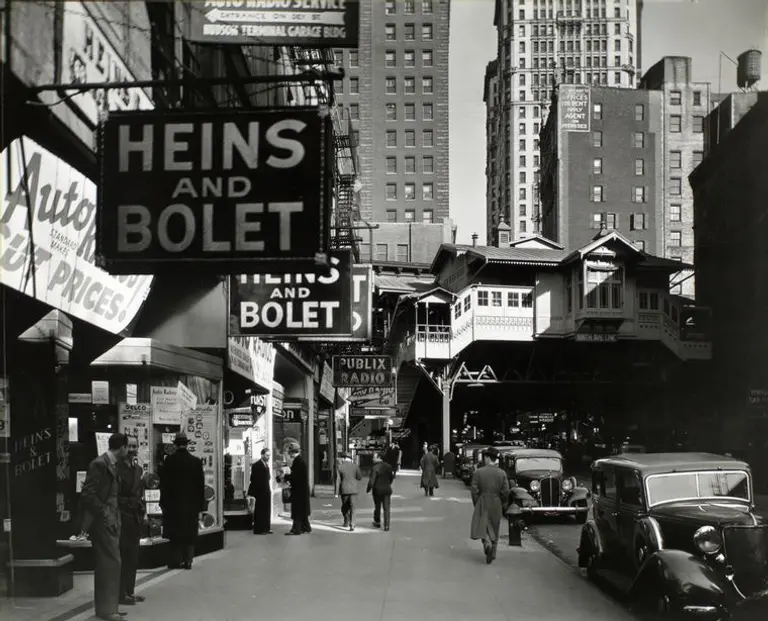
Radio Row, looking east along Cortlandt Street towards Greenwich Street, by Berenice Abbott Image via NYPL.
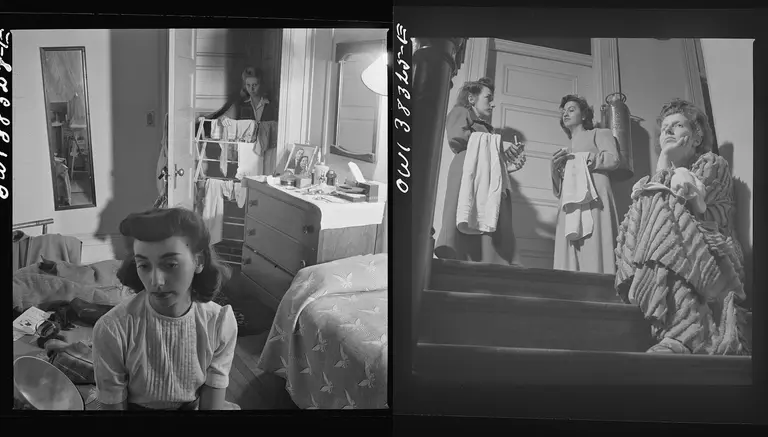
Images by Esther Bubley, 1943. Courtesy of the Esther Bubley Photo Archive
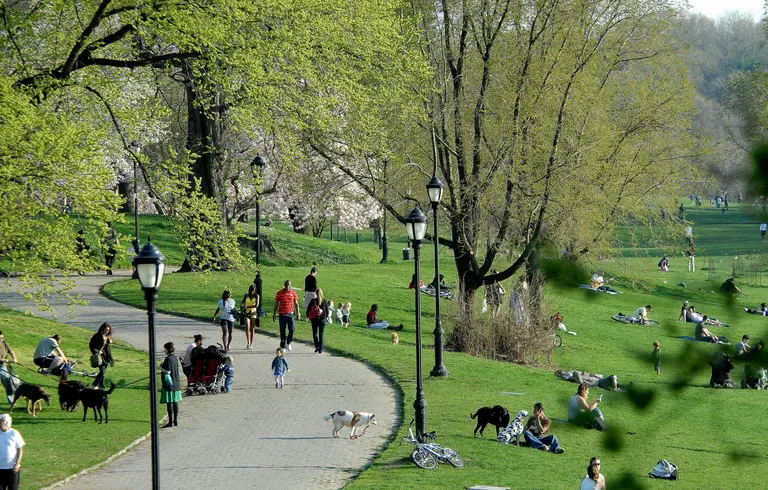
Image by Elizabeth Jeegin Colley for the Prospect Park Alliance
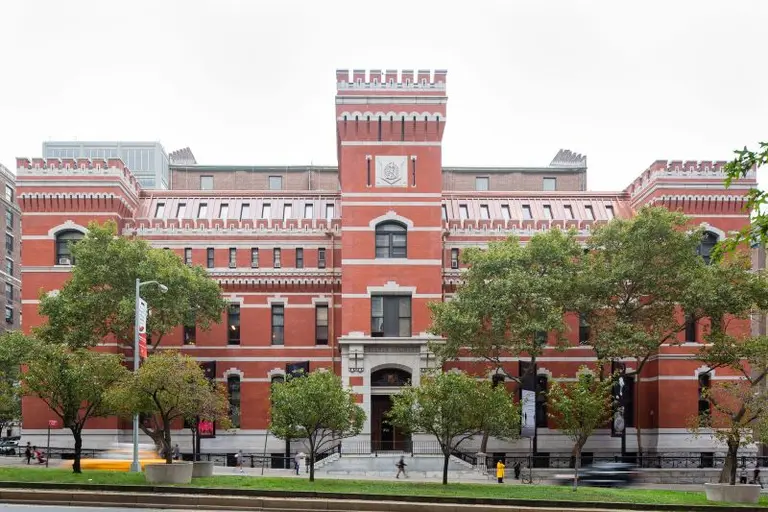
Park Avenue Armory, image © PBDW Architects